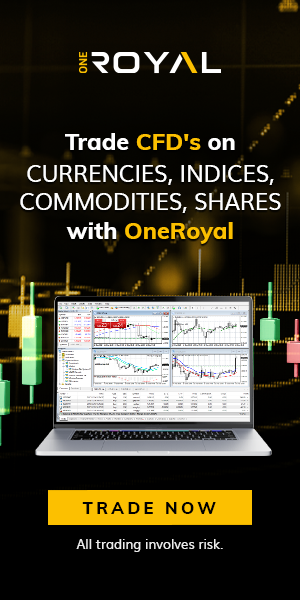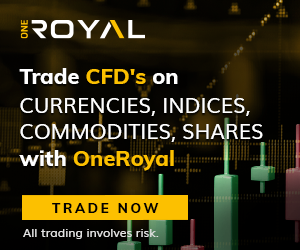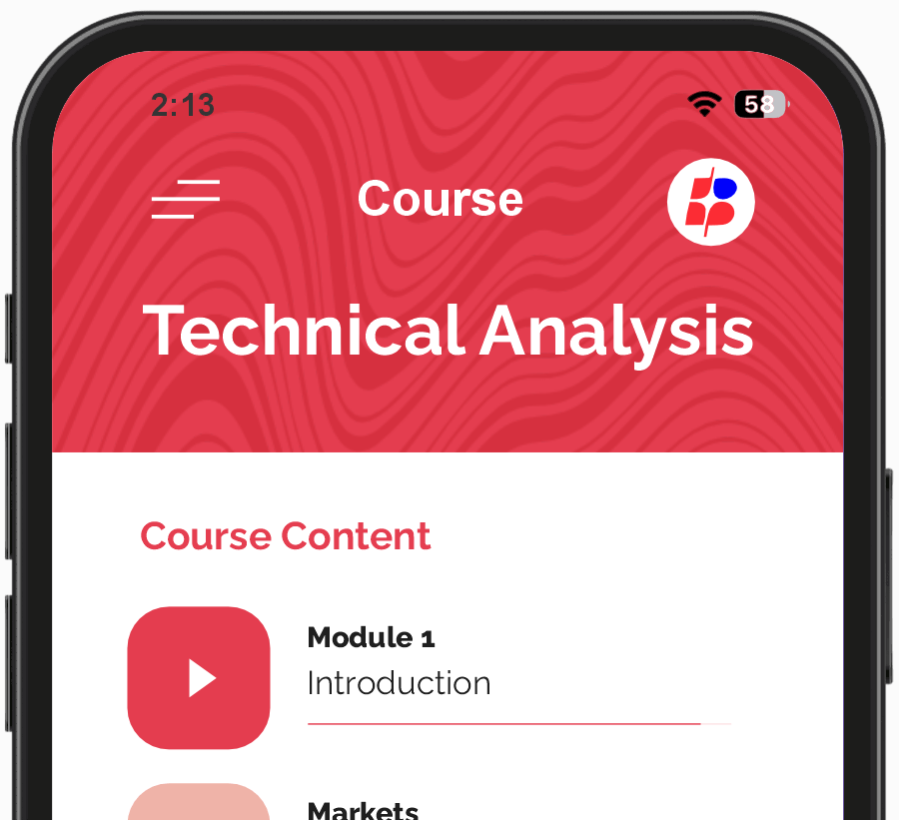Initial Margin is a term you’ll hear a lot if you’re getting into Forex trading. But what does it really mean?
Is it money you pay upfront? Is it a fee? Or is it something else entirely? You see, in Forex, where traders buy and sell currencies hoping to make a profit, it is one of those terms that can sound a bit scary at first.
It sounds like something meant for only the pros. But the truth is, even a beginner can understand it.
So, if you’ve ever asked yourself,
“Do I need a lot of money to start trading Forex?”
Or maybe,
“What happens to my money when I open a trade?”
Then you’re in the right place. Keep reading to find out.
In This Post
What Is Initial Margin in Forex?
It is the amount of money you need to open a trade in Forex.
Let’s make it very clear: it’s not a fee. It’s not something you lose unless your trade goes very wrong.
It’s more like a “security deposit” that shows you have enough money in your trading account to handle the trade you want to open.
Think about this…
You want to trade the EUR/USD currency pair (which means you want to buy or sell euros against US dollars).
Your broker says you can trade with leverage (don’t worry, we’ll explain that too). That means you don’t need the full money to trade big.
Let’s say you want to control a $10,000 trade, and the broker says the initial margin is 1%.
That means you only need to have $100 in your account to open that trade. That $100 is your Initial Margin.
So, why is initial margin important?
- It helps you open trades bigger than your actual money.
- It shows how much risk you are taking.
- It protects both you and your broker.
If you don’t have enough money for the initial margin, you can’t open the trade. Simple as that. It’s like a gatekeeper that checks your wallet before letting you enter the Forex market.
Is Initial Margin the Same As Margin?
Good question. The word margin is often used in different ways, but Initial Margin is just the starting margin.
There’s also something called Maintenance Margin (which is what you need to keep a trade open), but that’s a topic for another day.
Right now, just remember
Initial Margin = What you need to start a trade.
Example in Forex
Let’s say your broker offers 1:100 leverage.
- You want to buy a currency worth $5,000.
- Your initial margin with 1:100 leverage would be just $50.
So, with only $50, you can enter a $5,000 trade. Amazing, right? But don’t forget: high leverage means high risk, too.
Be Careful
While Initial Margins lets you trade big with small money, it also means that if the market moves against you, you can lose money quickly.
That’s why it’s important to understand margin before jumping into trades.
In Short (TL;DR)
- Initial Margins is the money you need to open a trade.
- It’s not a fee. It’s a “security” to open your position.
- It works with leverage, which means you can trade bigger than your account balance.
- The higher the leverage, the smaller your initial margin, but the bigger your risk.
Conclusion
If you’re just starting in Forex, never ignore Initial Margin. Always check it before you trade.
It tells you how much of your money is being used, and how much is left as backup (called free margin).
That way, you stay safe and smart.



